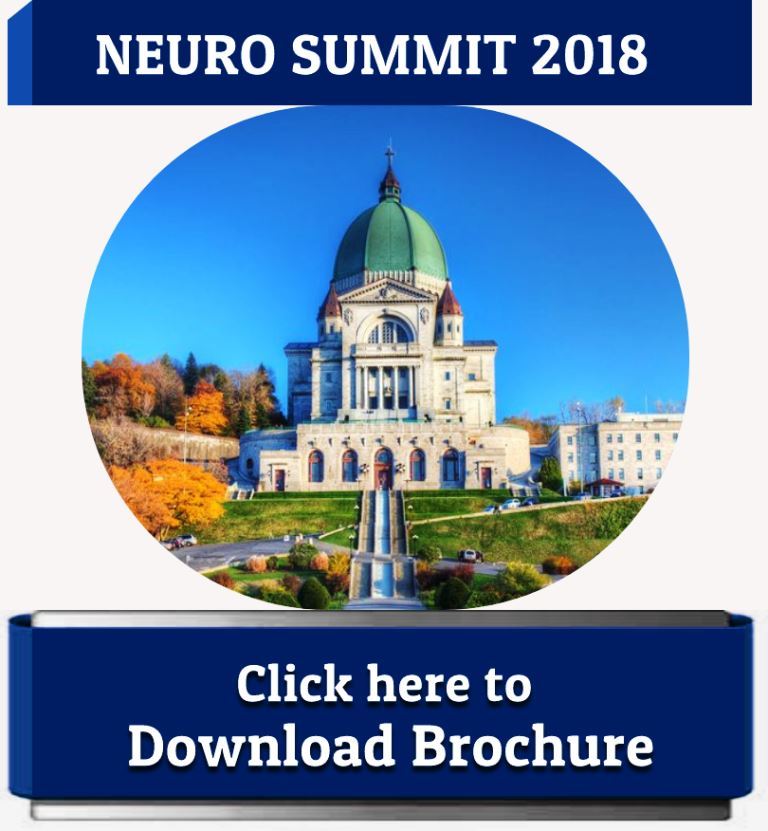
Hamdallah Delaviz
Yasuj University of Medical Sciences,Iran
Title: Memory impairment and apoptosis in the hippocampus, induced by methanol neurotoxicity, are attenuated by Light-Emitting Diode (LED)
Biography
Biography: Hamdallah Delaviz
Abstract
Background; The WHO disclosed that 50.1% of consumptions worldwide belong to spirits, with adolescents having the highest proportions of drinkers in Europe and the Americas, along with prevalent monthly heavy episodic drinking. Alcohol abuse has substantial health consequences, especially in adolescence, considered to extend from 12 to 25 years [1]. Importantly, adolescent and adult brains are different in their responses to alcohol consumption, particularly ethanol [2]. Indeed, the adolescent brain undergoes maturation through structural and functional changes [3]. However, consumption of alcoholic drinks containing methanol increased in the last years due to the production of counterfeit or local spirit drinks. Most therapies for alcoholism contain side effects while some are even toxic and invasive. [4-7] Material and methods; In this study, we investigated the effects of methanol administration on memory function and pathological outcomes in adolescent rats, focusing on the hippocampus and explored the efficacy of Light-Emitting Diode (LED) therapy in this model. Results; Results of behavioral tests showed that LED therapy significantly improved memory impairment resulted by acute and chronic methanol administration at 7 and 28 days, respectively. Immunohistochemical staining demonstrated hippocampus damage and cell edema in methanol rats, compared to controls, as measured by increased apoptosis (caspase-3+ cells), whereas LED therapy significantly decreased these outcomes. In contrast, LED therapy significantly increased the proliferation rate as measured by Ki-67. On the other hand, the number of GFPA and BDNF+ cells in the hippocampus and the serum level of BDNF significantly decreased in methanol group, compared to controls, however, LED therapy reverted these values to normal. Although chronic administration of methanol (28 days) led to severe pathological situations, compared to acute (7 days), however, short- and long-term LED therapy was efficient. Conclusion; In conclusion, we showed that chronic methanol administration caused severe memory impairments which could be improved by LED therapy. Results of our study favor the interaction between BDNF and astrocytes against methanol-induced neurotoxicity. Finally, LED efficiently improved the memory function and recovered the pathological situation resulted by methanol consumption, which makes it as a potent candidate in alcoholism treatment. Further studies are needed to explore the mechanisms responsible for secretion of BDNF by astrocytes and the improvement by LED phototherapy in the brain, especially in different areas of the hippocampus.

